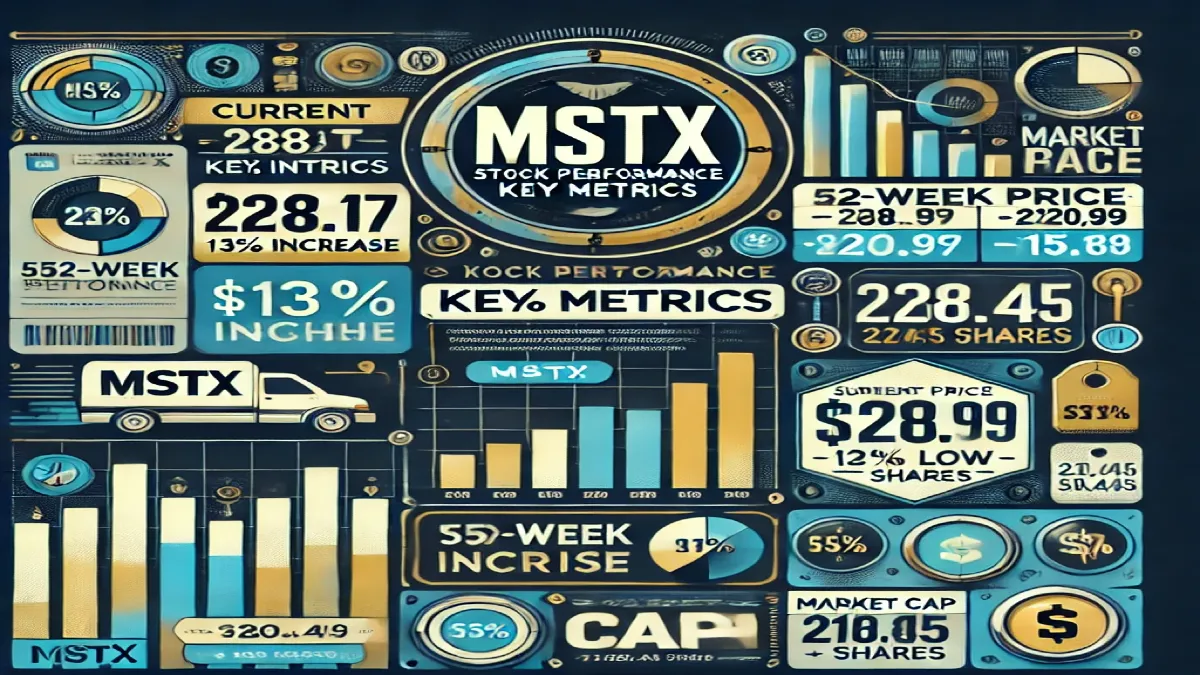February 14, 2025 – The gold market is under pressure, and the Bank of England is in trouble. The bank is facing unprecedented challenges as demand for physical bullion surges, particularly from the United States. This has led to a rare discount on gold stored in the Bank of England’s vaults, with prices trading at a discount of more than $5 an ounce below the spot price in London.

The gold market has been experiencing a significant shift in recent years, with the COVID-19 pandemic and the ongoing conflict in Ukraine contributing to a surge in demand for physical gold. Central banks and investors are increasingly seeking to bring their gold holdings back to their home countries, driven by a combination of economic uncertainty, geopolitical tensions, and the desire for greater control over their assets.
The Bank of England, which has traditionally been the epicenter of the global gold market, is struggling to cope with the increased demand. The bank’s vaults are experiencing weeks-long queues for gold withdrawals, making it less attractive than bullion held in more accessible commercial vaults around London. This logistical strain is not just a temporary issue but a symptom of a broader trend: the world’s growing demand for physical gold.
The current situation is part of a larger trend of gold repatriation, with the United States leading the charge. Central banks and investors are increasingly seeking to bring their gold holdings back to their home countries, driven by a combination of economic uncertainty, geopolitical tensions, and the desire for greater control over their assets. Historically, London has been the hub of the global gold market, with the London Bullion Market Association (LBMA) setting the benchmark for gold prices. However, the current logistical challenges and the discount on Bank of England gold suggest that London’s dominance may be waning.
The LBMA is aware of the concerns and is working closely with market participants to address the issues. However, the situation highlights the vulnerability of a system that relies heavily on the Bank of England’s infrastructure. The bank’s vaults are not designed to handle the current level of demand, and the logistical strain is starting to show.
The financial implications of this shift are significant. One-month lease rates for gold in London have soared to about 4.7%, far above the usual level of close to zero. This indicates a tight market for gold, with holders of bullion in London’s vaults earning a higher return by loaning out their metal on a short-term basis. The backwardation in the gold market, where forward prices are below spot rates, is another sign of the current tightness.
The demand for gold in 2024 reached a record annual total of 4,974 tons, with central banks buying more than 1,000 tons for the third year in a row. The LBMA (PM) gold price also reached 40 new record highs during 2024, with the average Q4 price of US 2,663/oz setting a new annual average price of US 2,386/oz, a 23% increase from the previous year.
The demand for gold in value terms also reached unprecedented levels, with the combination of record gold prices and volumes producing a Q4 value of US 111 billion and an annual value of US 382 billion. However, the demand for gold jewelry dropped by 11% to 1,877 tons, reflecting the economic pressures on consumers.
Looking ahead, the 2025 full-year outlook suggests that central banks and ETF investors will continue to drive demand, with economic uncertainty supporting gold’s role as a risk hedge. However, this demand will likely keep pressure on the gold jewelry market, which has already seen a significant decline in



